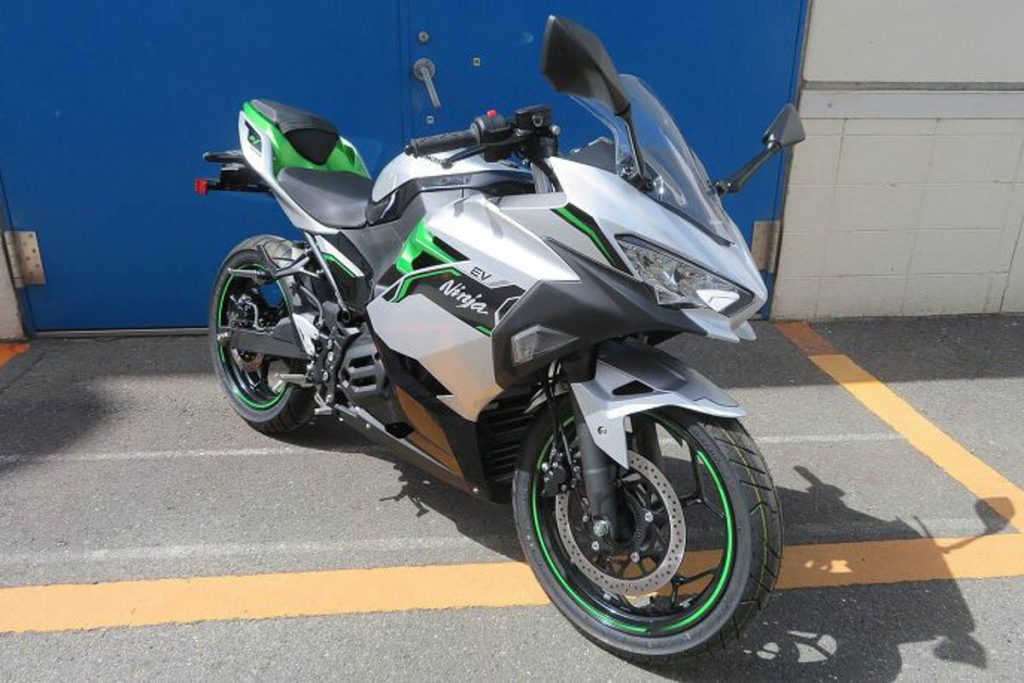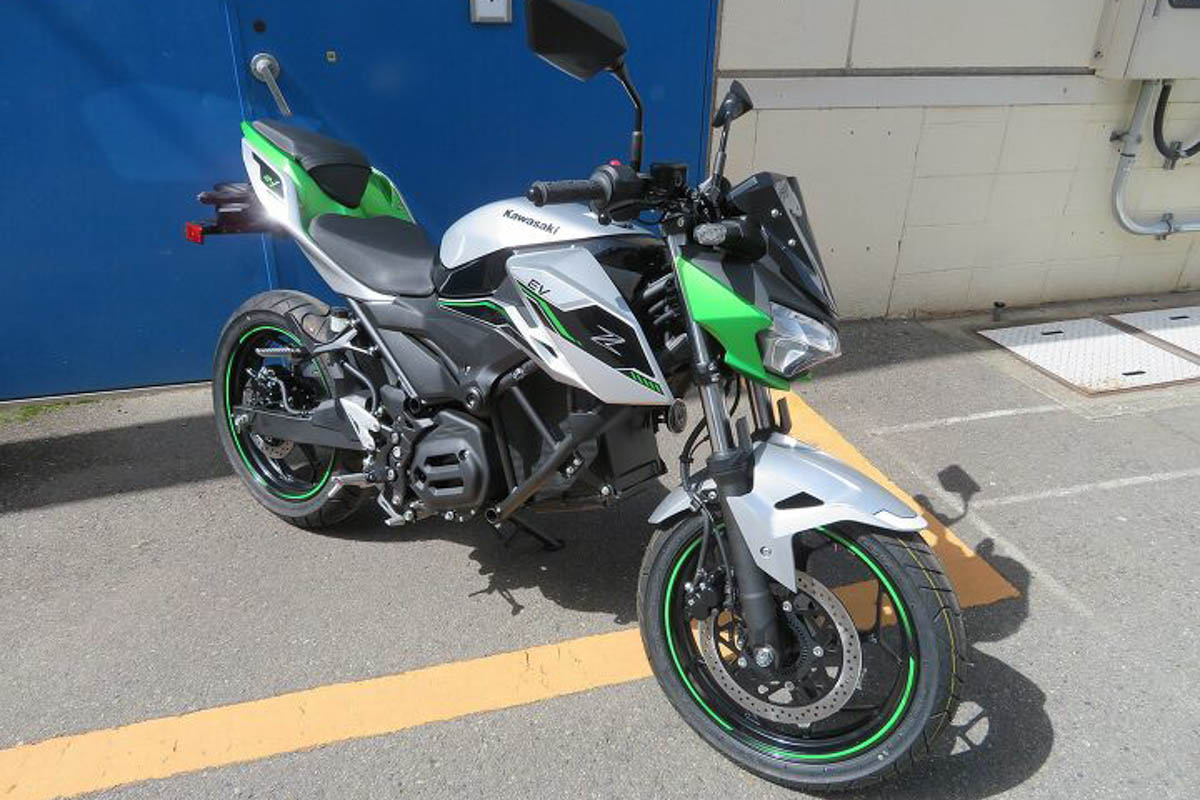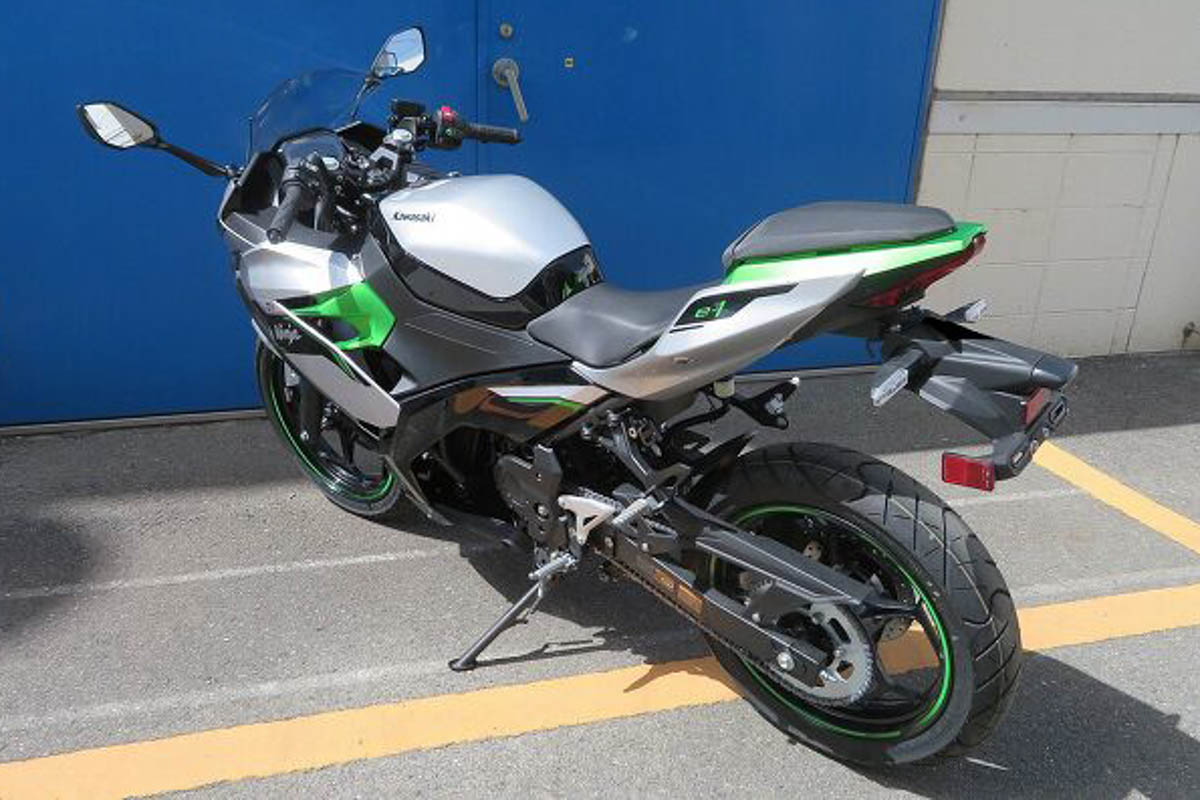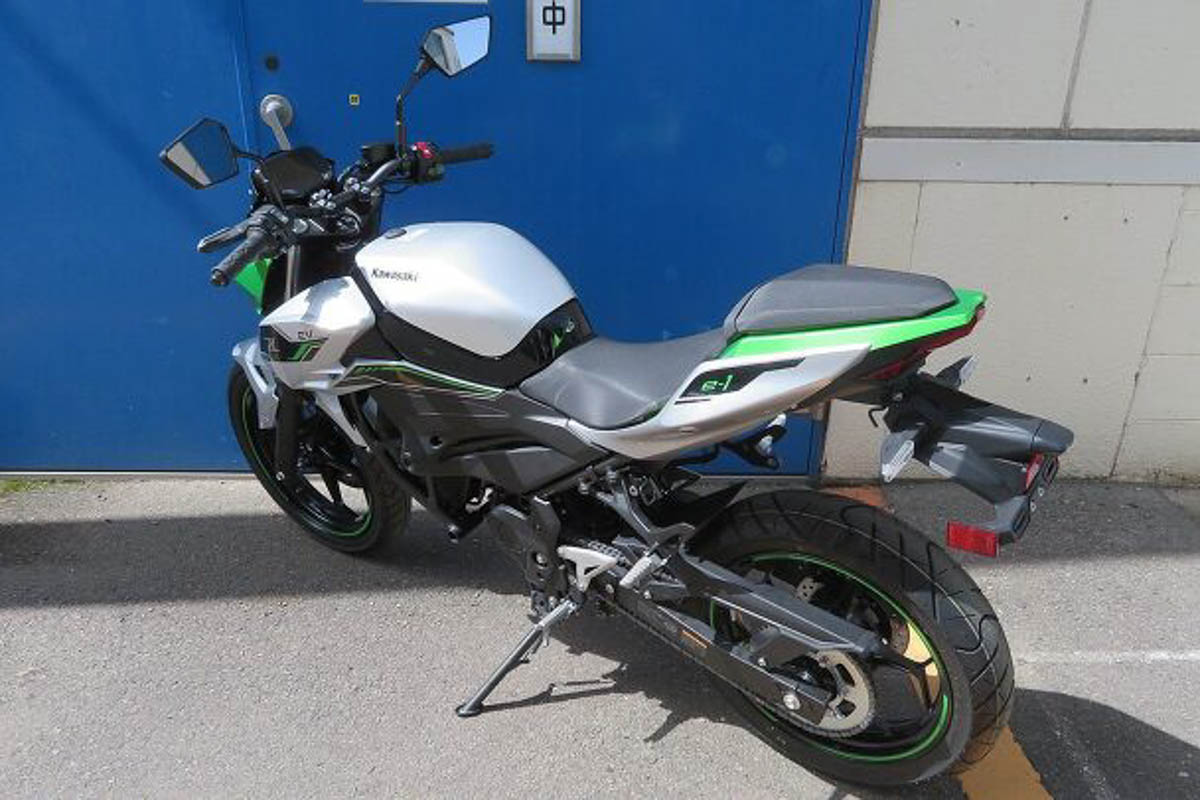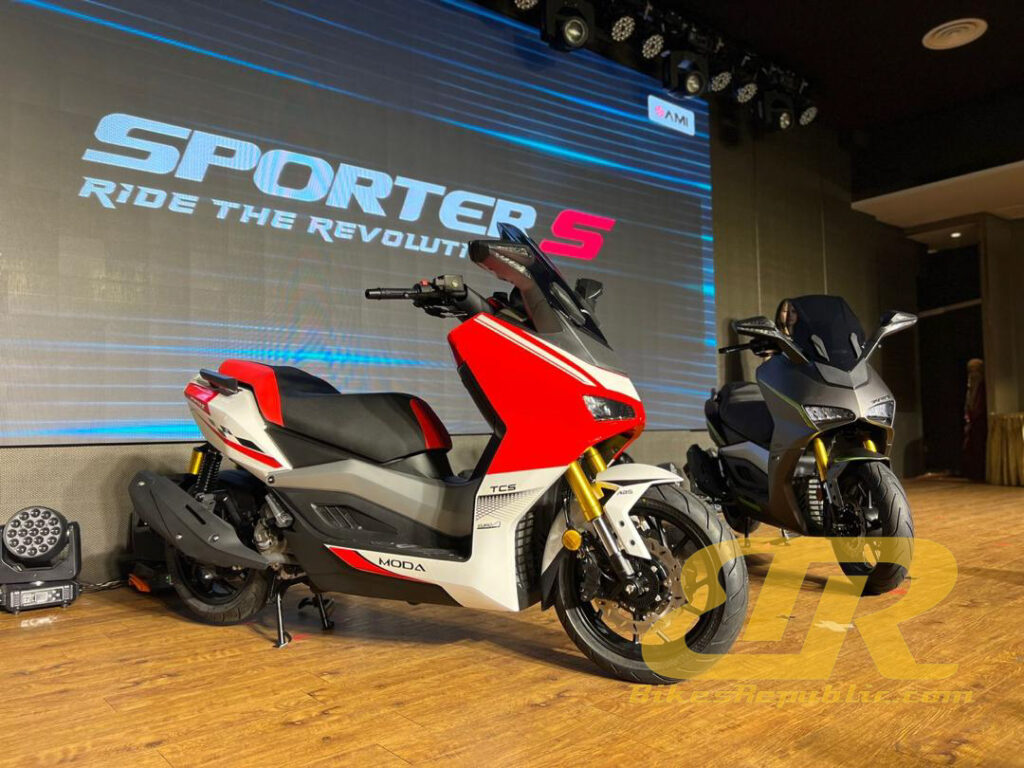Kawasaki is gearing up to introduce its first electric motorcycle models to the European market next month.
- The journey from concept to reality has been quite a ride, with the electric machines officially unveiled last year during demo rides at the Suzuka 8 Hours.
- Now, almost a year later, the eagerly awaited Kawasaki Ninja E-1 and Kawasaki Z E-1 are set to make their debut in Europe.
Both of these electric marvels fall into the 125cc category and share the same powertrain, with the primary difference being their distinctive appearances. The Ninja E-1 embraces the classic sportbike style with its sleek fairings, while the Z E-1 takes on the naked bike market with a minimalist design.
At the heart of these electric wonders lies a brushless motor rated at 5kW (6.7bhp) nominal power, capable of delivering up to 9kW (12.1bhp) at its peak, along with a robust 40.5Nm of torque.
One standout feature is the dual removable batteries, wired in parallel, a design choice that Kawasaki claims offers enhanced charge efficiency compared to a series connection.
Each of these batteries boasts a nominal capacity of 30Ah, effectively providing a combined capacity of 60Ah for the bikes. With a nominal voltage of 50.4V, this configuration allows for a maximum energy storage capacity of 3.024kWh.
While it’s not common for electric motorcycles to come with quoted energy consumption figures, Kawasaki boldly states 49Wh/km, implying a potential range of 61.7km. However, under WMTC Class 1 conditions, Kawasaki claims an even more impressive 72km. Each battery weighs 11.5kg and requires approximately three hours and 42 minutes to reach a full charge.
For the riders, there are two selectable riding modes available: Eco and Road. The Ninja E-1, in Eco mode, reaches a top speed of 64km/h while the Z E-1 achieves 62km/h.
Both bikes can be boosted to higher speeds, with the ‘E-Boost’ mode selectable via a user-friendly TFT display. In Road mode, the Ninja can reach 88km/h (99km/h on E-Boost), and the Z can hit 85km/h (99km/h on E-Boost).
When it comes to the chassis, both the Ninja and Z rely on a robust steel trellis frame. The braking and suspension components are identical on both models, featuring a single 290mm front brake disc with a dual-piston calliper, a single 220mm rear brake disc with a dual-piston calliper, 41mm telescopic front forks, and a bottom-link Uni-Trak, gas-charged rear shock with spring preload adjustability.
In terms of specifications, the Ninja tips the scales at 140kg, slightly heavier than the Z’s 135kg. Both bikes share a comfortable seat height of 785mm and an identical wheelbase of 1,370mm.
While the Z boasts 10mm more ground clearance than the Ninja (170mm vs. 160mm), both bikes have the same wheel travel, with 133mm in the rear and 120mm in the front. They also sport identical 100/80-17M/C 52S (front) and 130/70-17M/C 62S (rear) tires.

